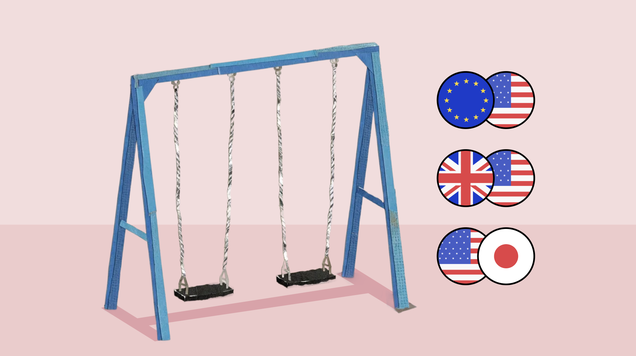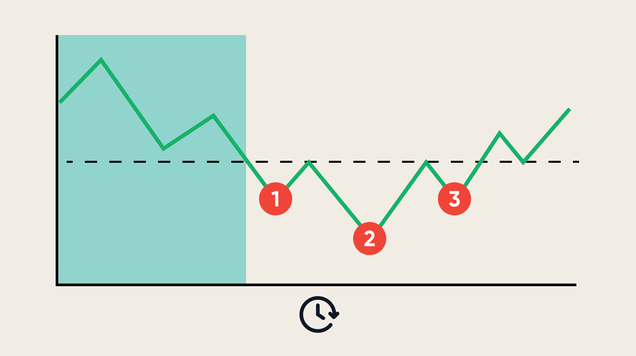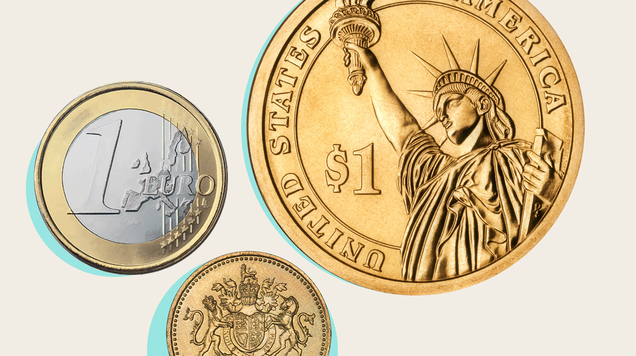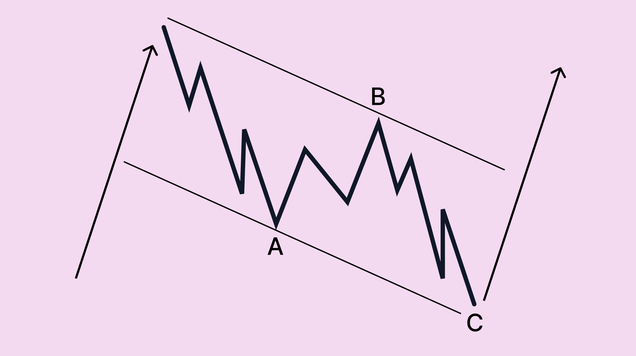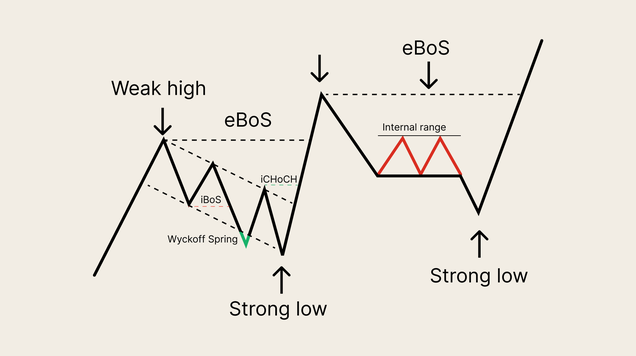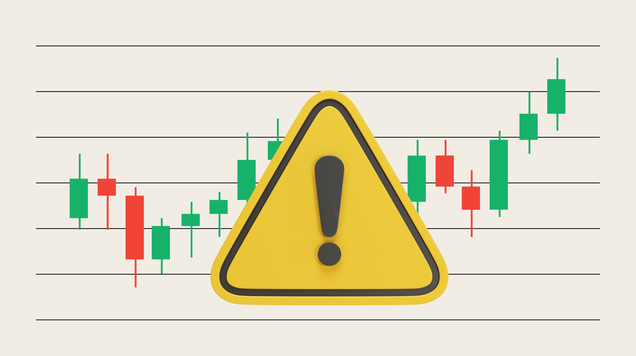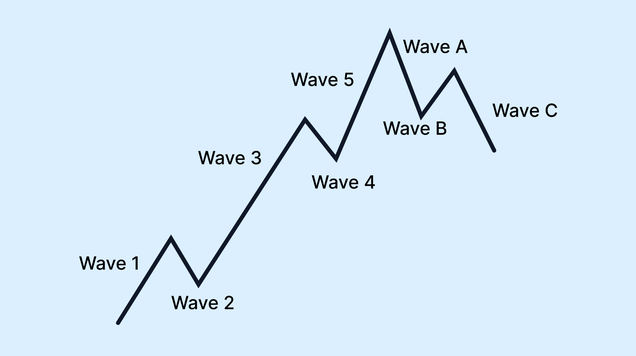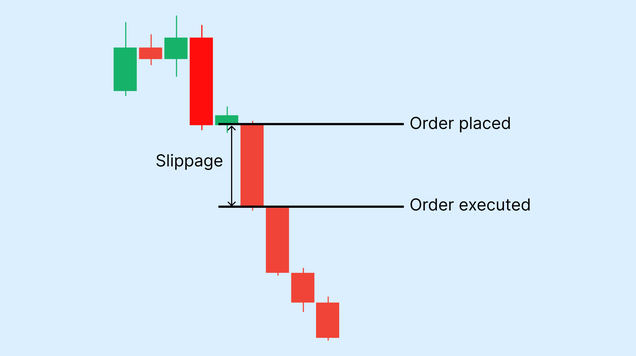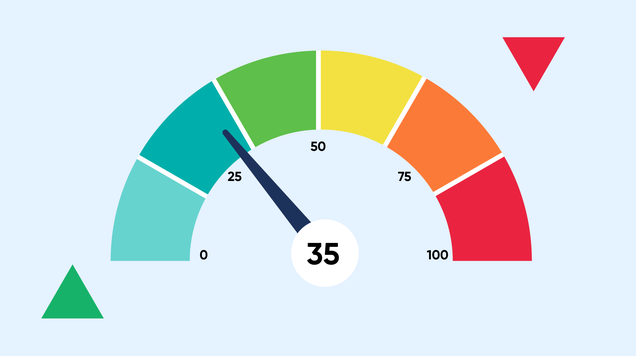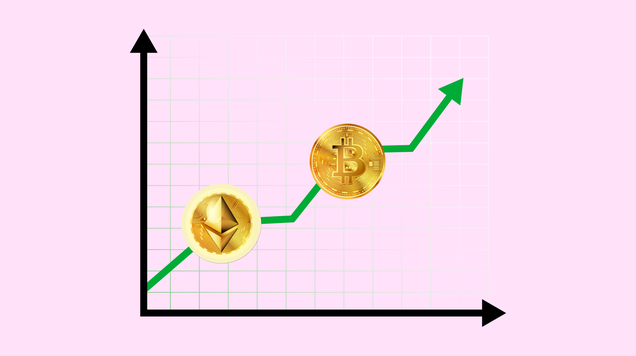How to trade copper: a beginner’s guide
Copper is the most in-demand industrial metal after iron and aluminium. Humans have been mining it for thousands of years, but what makes copper appealing to investors, and what is the best way to trade in it?
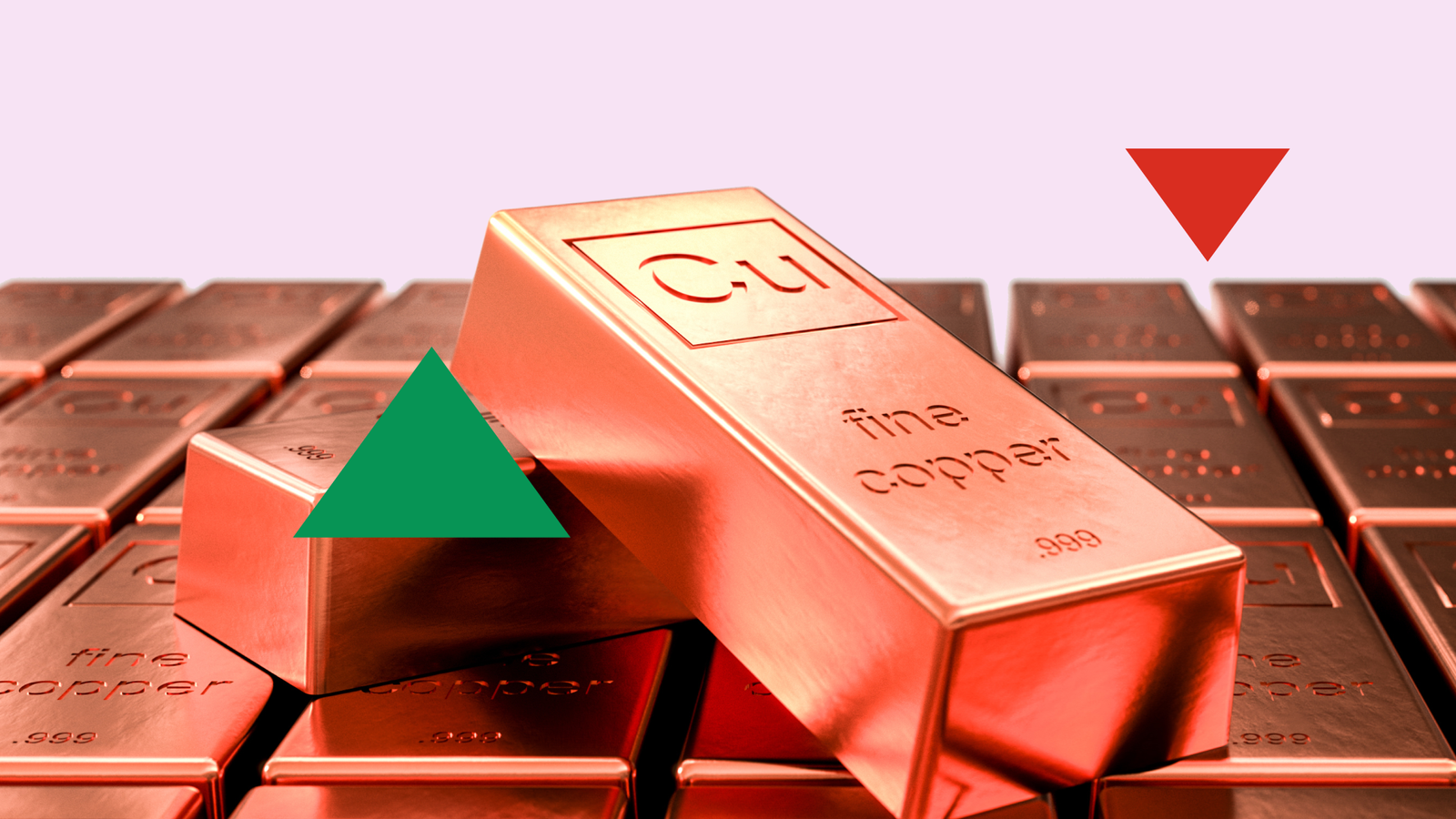
Buying copper is popular with investors, although few own physical stocks of the metal.
Instead, investors use commodity CFDs to trade on copper prices.
Copper is a valuable contributor to a diverse portfolio of financial products.
Learn why and how to trade copper here. This guide explains the advantages of investing in this commodity and explores the best ways to get started.
Why trade copper?
Copper is both an essential commodity and a popular financial product with investors. Let’s explore why.
About copper
Pure copper has countless important uses, including electrical wiring, plumbing, communication cabling, and motors. Copper can also be alloyed with other metals to create bronze, brass and nickel, extending its uses even further.
Copper is so important to many industries that it is a leading indicator of global economic health. This is why it's often called Dr. Copper. When copper demand declines, it often suggests a weakening economy. When economies grow, the demand for many industrial products and, therefore, copper grows.
The benefits of trading copper
Copper is consistently in demand across various industries. This metal is also important to green initiatives and renewable energy. It is a key component of electric vehicles and the charging infrastructure, for example. Therefore, experts believe the demand for copper is likely to grow very fast over the next decade.
With commodity CFDs, however, you can trade on both rising and falling prices of commodities like copper. This means that even in times of economic slowdown, you can make profits from copper.
A further benefit of investing in copper is diversification with a variety of trading products. Investors shouldn’t only focus on securities like stocks and bonds. Adding a commodity like copper brings a new asset class into your portfolio, helping you to manage risk and protect your investments from adverse economic conditions.
How to trade copper
There are two principal options.
Physical contracts for copper can be exchanged on markets like the London Metals Exchange (LME). However, buying and storing physical reserves of copper is unlikely to appeal to most investors. The practicalities of shipping and storage would be too challenging and costly. Instead, there are various investment products that allow you to access the copper markets without owning the asset directly.
Commodity CFDs enable you to trade on the rising (or falling) prices of raw materials. With these products, you trade on the price movements or performance of various commodities, including copper, gold, oil, natural gas and coffee.
The benefits of copper CFDs
The benefits of trading in copper CFDs vs. physical copper include:
- Access to the same price movements without the storage and shipping costs
- Greater flexibility to buy and sell as you please
- Lower upfront capital is needed.
How do commodity CFDs for copper work?
CFD stands for contract for difference. With CFDs, you can trade on copper’s price movements or performance without needing to own the metal outright. A CFD is a contract with a broker where you make an agreement to exchange the difference between the opening and closing price of the CFD.
You can go long and potentially benefit from a rising market if you believe copper prices will rise. Or, you can go short and potentially profit from a falling market.
How to trade copper as a beginner
Commodity CFDs for materials like copper can be traded on online trading platforms provided by retail brokers. This option is open to almost anyone who opens an account with a broker.
You will need to learn market analysis and risk management skills. Strategies in these areas are crucial for traders of all levels of experience. You will need to apply a market analysis approach to identify good trading opportunities and pinpoint the best moments to buy and sell.
Risk management approaches, such as diversification and using stop-loss orders, are vital to protect capital and limit losses.
Learning to trade with Equiti
With our education resources and trading 101 guides at Equiti, you can learn how to trade copper and take a deep dive into a huge variety of topics, such as:
- How-to and strategy guides for beginners
- Strategy optimisation
- Risk management approaches
- Market analysis methods.
You can use our demo account to simulate trading, hone your strategies and grow in confidence. Use our technical indicators, analysis tools and the latest market insights to optimise your approach to trading copper or utilising any other trading product.
Once you are ready to take part in real markets, you can trade in copper with Equiti. Start investing in this popular commodity with Equiti, a global broker in the UAE, today.
